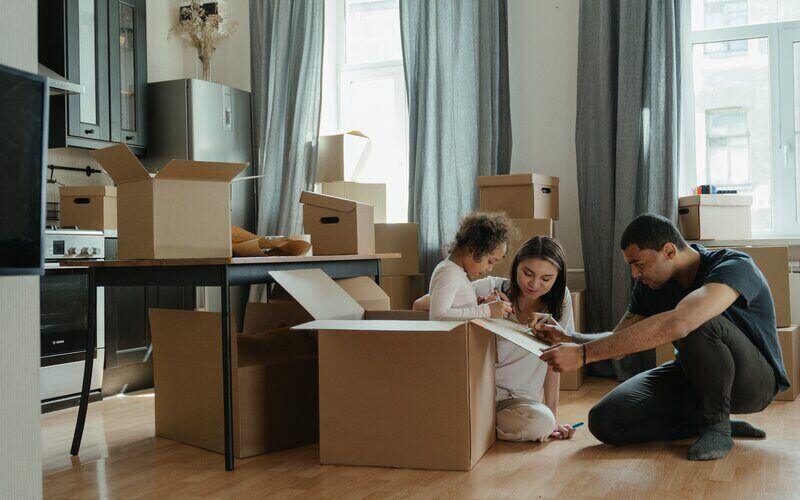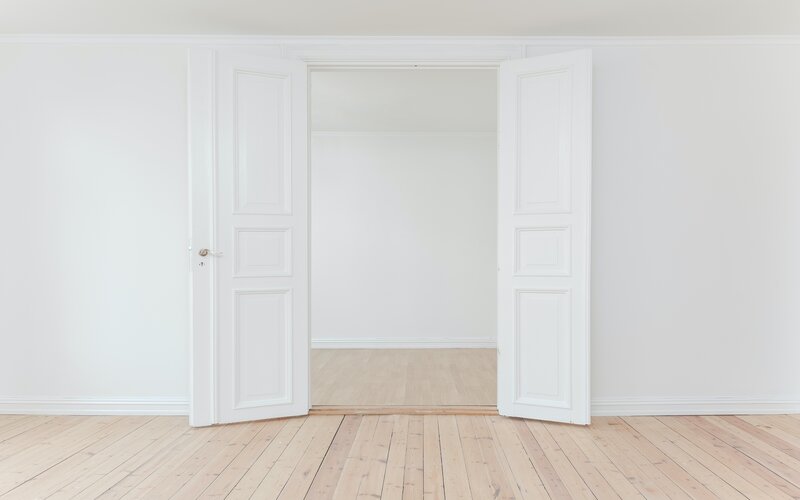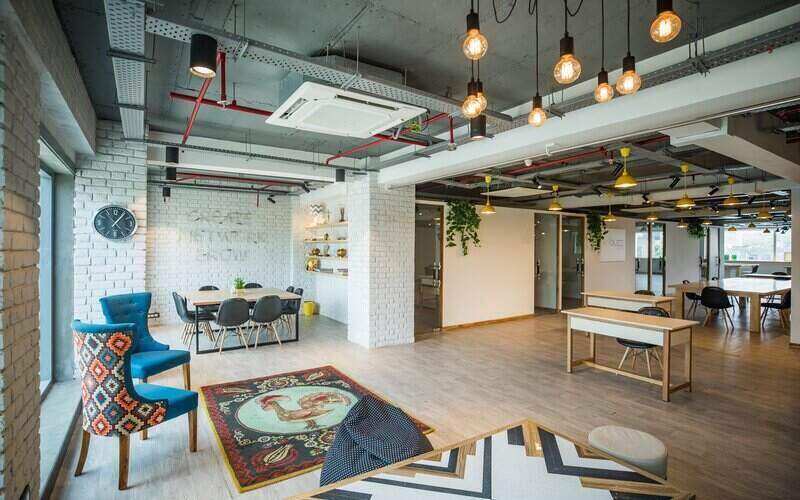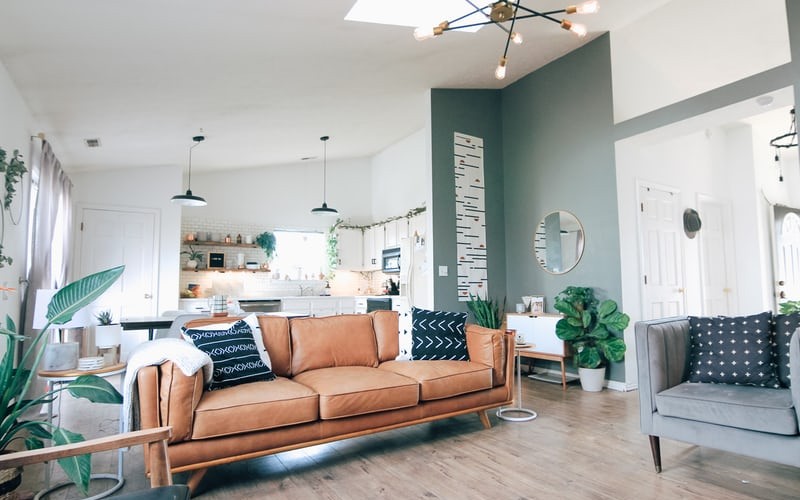That's according to Domain, which found every capital city apart from Hobart and Darwin saw an increase in the proportion of live property listings with prices discounted.
Sydney had the highest proportion of listings discounted at 13.1%, almost double last year's figure, followed by Melbourne at 10.7%, almost triple last year's.
It's a striking comparison to this time last year, which was around the price trough of the 2017-19 downturn in the two cities.
Adelaide had the third highest proportion of discounted properties at 8.3%, more than double the rate in 2019.
Domain Senior Research Analyst Dr Nicola Powell said a number of factors contributed to the discounted prices and worried sellers.
"As social distancing rules escalated and an economic shutdown became a reality, the impact was immediate on certain market indicators with vendors adjusting prices being one," Dr Powell said.
"The economic uncertainty and looming job security fears forced many sellers to drop their asking prices.
"The rising portion of discounted homes aligned to the shutdown of non-essential services, the temporary ban on on-site auction gatherings and open inspections and this trend was consistent across all Australian capital cities."
Buying a home or looking to refinance? The table below features home loans with some of the lowest variable interest rates on the market for owner occupiers.
Lender Home Loan Interest Rate Comparison Rate* Monthly Repayment Repayment type Rate Type Offset Redraw Ongoing Fees Upfront Fees Max LVR Lump Sum Repayment Additional Repayments Split Loan Option Tags Row Tags Features Link Compare Promoted Product Disclosure
Promoted
Disclosure
Promoted
Disclosure
Promoted
Disclosure
Although there was a greater proportion of listings discounted, the level of price adjustments was roughly on par or lower than last year.
Canberra was the only city to record a marginal increase in the percentage that prices were shaved.
Sydney and Melbourne had more properties discounted, but the degree of the discounts was smaller compared to last year.
In April 2020, homes were discounted by 4.3% and 3.7% in Sydney and Melbourne respectively, while in April 2019 they were discounted by 4.9% in Sydney and 4.6% in Melbourne.
Dr Powell said this could indicate a more broad downward trend in the property market.
"These early signs suggest a broader market slowdown with more properties discounted by more marginal amounts rather than hefty discounts on fewer homes," she said.
"The proportion of properties discounted tends to align with price movements, providing a leading indicator for price growth.
"During an upswing fewer properties are discounted and the opposite occurs during downturns."
House prices could drop by 30%
Earlier in the week, Commonwealth Bank (CBA) outlined two possible scenarios in which the economy would recover from the fallout from COVID-19.
The worst-case scenario saw a 32% drop in house prices and assumed a prolonged downturn as a result of the pandemic, with unemployment to hit 9% this year before falling to 6.5% by 2022.
A shortened downturn, or V-shaped recovery, would see house prices drop by 'just' 11%, with the unemployment rate marginally better off at the end of the year at 8.25%.
NAB also said in April house prices could drop by a cumulative 30%, potentially falling by 20.9% in 2020, 11.8% in 2021 before rebounding by 2.5% in 2022.
ANZ was more optimistic, and said house prices would drop by just 10% nationally, but Sydney and Melbourne would be worse hit, dropping 13%.

Ready, Set, Buy!
Learn everything you need to know about buying property – from choosing the right property and home loan, to the purchasing process, tips to save money and more!
With bonus Q&A sheet and Crossword!






 Denise Raward
Denise Raward

 Harrison Astbury
Harrison Astbury
 Harry O'Sullivan
Harry O'Sullivan
 Brooke Cooper
Brooke Cooper

